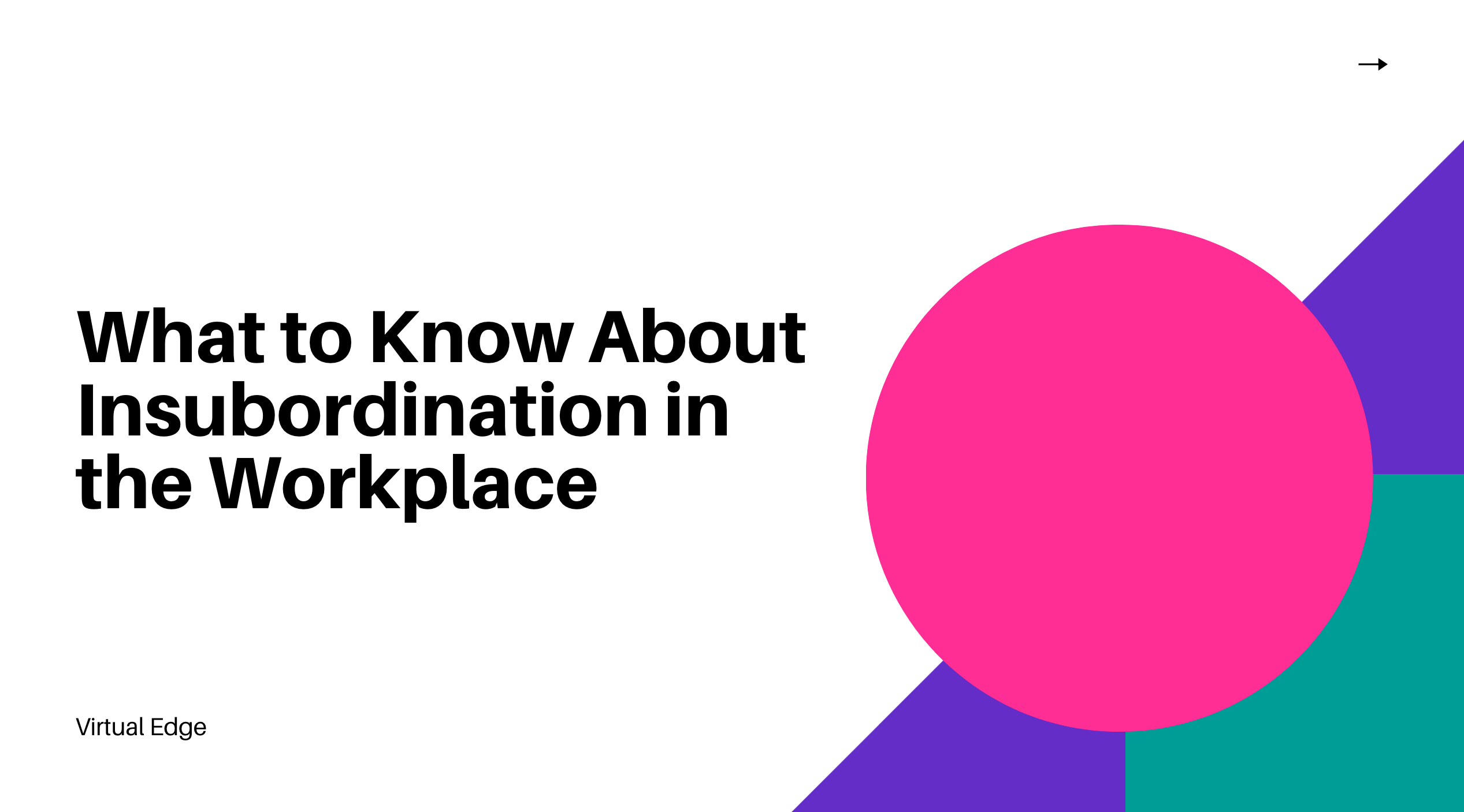Insubordination in the corporate sector usually leads to termination rather than appreciation or even forgiveness. Employee disobedience to a boss often results in a lack of trust, low morale, and weakened division. That is why you must be aware of the insubordination definition so that you know how to handle it in the workplace.
Suppose you’re a manager, and there’s an insubordinate staff. In that case, you need to make sure they are aware of the business’ policy before taking further action. So, what does insubordination mean? It refers to any employee who is openly disrespectful to their superiors.
But what is insubordination in the workplace? The case of disobedience is relatively simple: When a manager requires their employee to do A, and the employee blatantly says no. Openly conduct some offensive gestures to the supervisor is another definition of insubordination.
According to a study conducted by The Harbert College of Business, employee insubordination is a reaction to non-productive supervisors or oppresive supervision. But, why? Jeremy Mackey, one of the researchers of this study, said that employee moral disengagement and outburst are directly influenced by how employees are treated by their superiors.
Should employee disobedience be justified? It depends on the case itself because not every of misconduct in the company sector can be used to define insubordination. To know more about what cannot be considered disobedience, below are some of the examples:
- Misunderstanding – If an employee misinterpreted instructions given by the supervisors and, as a result, failed to perform a task, what they did cannot be regarded as disobedience.
- Questioning a specific order – Questioning the legality or ethics of any order issued by management and failed to carry out the command is not a form of disobedience. Such issues even should be addressed to higher-ups.
- Engaging in private discussions – It’s something common for employees to be involved in some private conversations due to some direct instructions that were not fulfilled.
Example of Employee Insubordination
In theory, every deviation from a manager’s orders constitutes unprofessional conduct. However, there must be a purposeful aspect to it. Mistakes are inevitable, and every superior should at least treat those as such.
Insubordination examples include rude behavior, aggressive, and threatening behavior. That way, you know which behavior necessitates a prompt response and which behavior that doesn’t. Some types of professional misconduct, on the other hand, might be just as severe without being as obvious. This kind of behavior must be addressed directly by the supervisors.
Response to Employee Disobedience
So, how to deal with an insubordinate employee? As a manager, you have a lot of options you can select, from disciplinary action to the termination. Also, get to know what kind of measures you will need to take should any unprofessional behavior occurs at work. The sort of steps you take is totally up to you and your higher-ups.
Look for examples of insubordination in the workplace. It’s the best way you can do to determine whether or not the behavior of an employee can be classified as unprofessional and thus, require further action.
